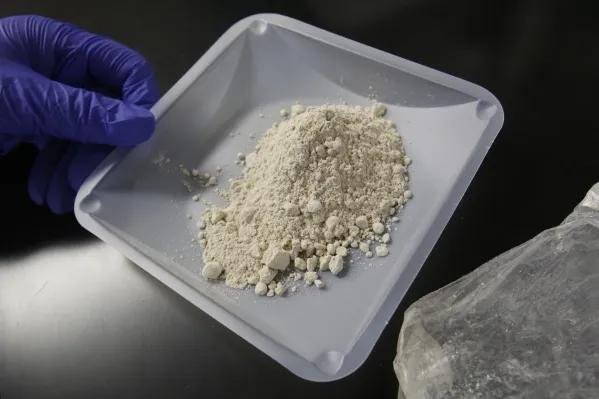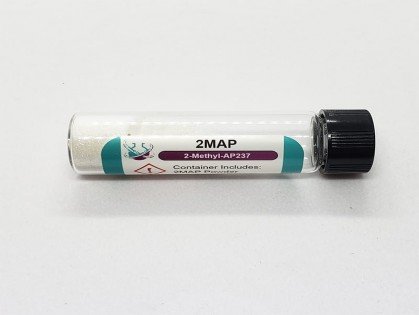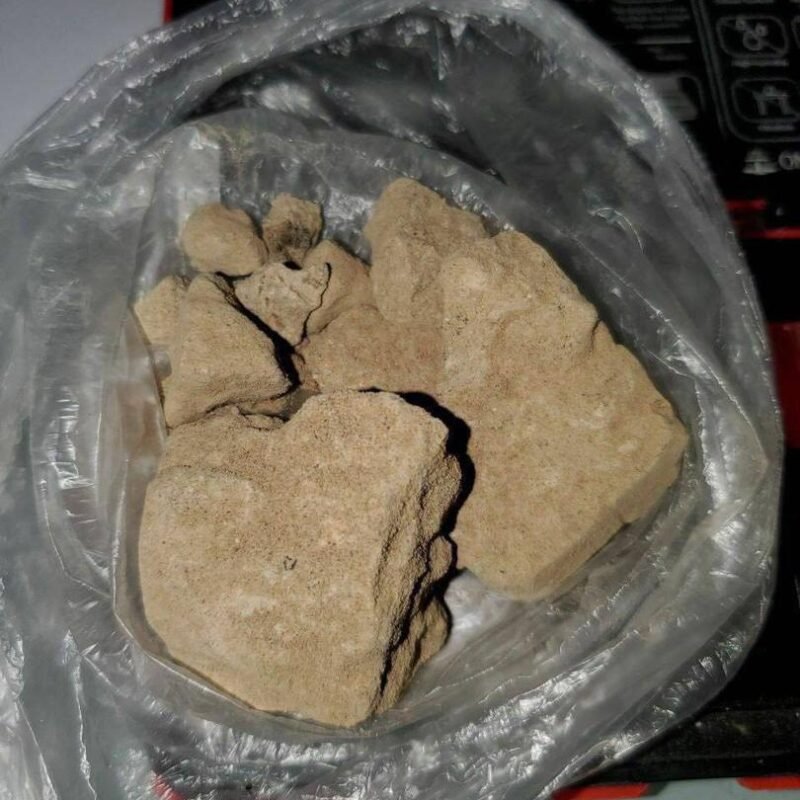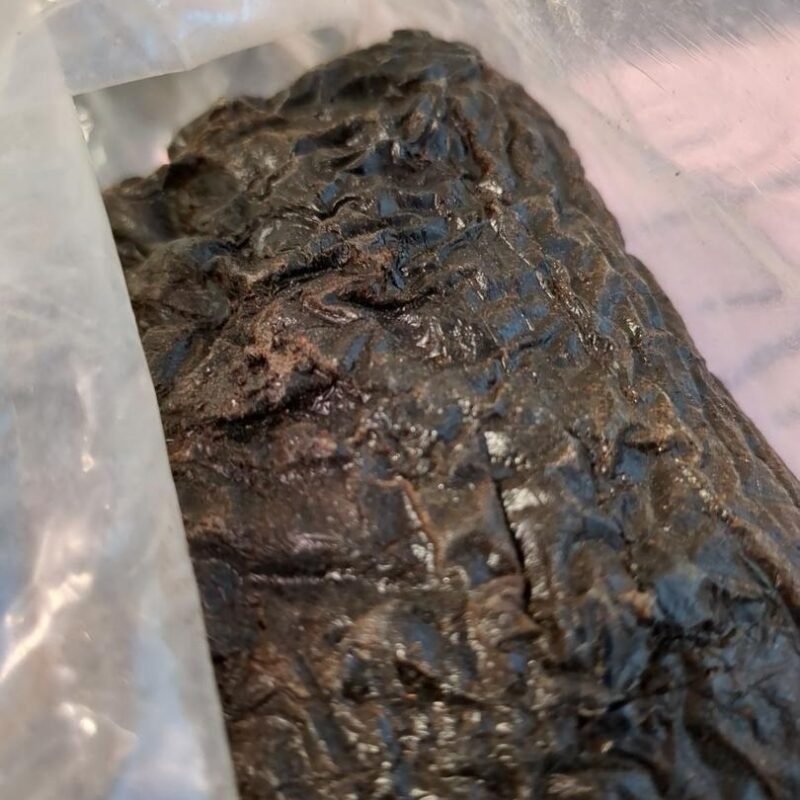Fentanyl Educational Guide – Chemistry, Effects & Safety
This fentanyl educational guide delivers a comprehensive overview of fentanyl—a highly potent synthetic opioid—including its chemistry, clinical applications, pharmacology, safety risks, legal regulations, and role in overdose prevention. Whether you’re involved in medical education, pharmacology, or public health, this article provides factual insights to support responsible knowledge and informed policy.
What is Fentanyl?
Fentanyl is a powerful synthetic µ-opioid receptor agonist first synthesized by Paul Janssen in 1959 and introduced for clinical use in the 1960s Wikipedia. It is typically 50–100 × more potent than morphine and 30–50 × more potent than heroin as an analgesic agent DEA.
Chemical Structure & Pharmaceutical Uses
Chemically known as N‑phenyl‑N‑[1‑(2‑phenylethyl)‑4‑piperidinyl]propanamide, fentanyl exists as a crystalline powder or crystal in its pure form and also in formulations like lozenges, sprays, patches, and injection vials deadiversion.usdoj.gov+1Wikipedia+1. Medically, it’s used to treat severe pain—commonly in cancer patients or post-surgical cases—as well as during anesthesia DrugBank.
Pharmacology & Mechanism of Action
Fentanyl exerts its effects by strongly binding to and activating µ‑opioid receptors. This results in potent analgesia, sedation, euphoria, and respiration suppression. Its high lipophilicity enables rapid blood–brain barrier penetration and fast onset getsmartaboutdrugs.gov+6Wikipedia+6deadiversion.usdoj.gov+6. Adverse effects include respiratory depression, bradycardia, muscle rigidity, and physical dependence WikipediaNCBI.
Clinical Applications & Dosage Formats
Fentanyl comes in multiple formats:
Transdermal patches (e.g., Duragesic): for chronic pain
Lozenges and buccal/sublingual forms: for breakthrough cancer pain
Nasal sprays and injectables: used during surgery or acute care Wikipedia+15deadiversion.usdoj.gov+15Wikipedia+15
Medical providers must manage dosing carefully due to the drug’s high potency and risk of respiratory failure.
Overdose Risk & Emergency Management
Even 2 mg of fentanyl—equivalent to a few grains of salt—can be fatal National Institute on Drug AbuseU.S. Customs and Border Protection+2adamsbroomfieldda.org+2National Institute on Drug Abuse+2. Overdose symptoms include coma, pinpoint pupils, respiratory depression, and death DEADEA. Despite its potency, naloxone can reverse fentanyl overdoses, although higher or repeated doses may be needed National Institute on Drug AbuseDEA.
Illicit Use & Public Health Crisis
Most overdose deaths in recent years are tied to illicitly manufactured fentanyl (IMF) that’s pressed into counterfeit pills or mixed into heroin, cocaine, methamphetamine, and other drugs adamsbroomfieldda.org+3National Institute on Drug Abuse+3CDPH+3. The DEA reports fent as the #1 driver of U.S. overdose deaths—about 100,000 annually—and seizures of “rainbow fentanyl” and cartel-made doses have increased dramatically Health.
Safety Strategies & Harm Reduction
Fentanyl test strips help detect fent in drugs Wikipedia+15National Institute on Drug Abuse+15Health+15
Naloxone access is vital—available OTC as Narcan for reversing overdoses National Institute on Drug Abuse
Awareness campaigns, training for first responders, and safe prescribing practices are essential AP NewsU.S. Customs and Border ProtectionCDPH.
Legal Status & Regulation
Fent is classified as Schedule II in the U.S., indicating high potential for abuse but accepted medical use DEANational Institute on Drug Abuse. Its analogs (e.g., carfentanil) are subject to even stricter controls Wikipedia. International efforts, surveillance, and precursor chemical regulation aim to curb IMF production New York Post.
Educational Value
Studying fent offers valuable insight into medicinal chemistry, receptor pharmacology, pain management strategies, and public health policy. It also serves as a case study for addressing illicit drug manufacturing, overdose response, and the socio-economic impact of synthetic opioids.
External Resources
For authoritative information and educational use:
DEA Fentanyl Fact Sheet – pharmacology and overdose risks DEADEA
NIDA – Fentanyl Overview – public health, addiction trends National Institute on Drug Abuse
NCBI StatPearls – Fent – detailed pharmacology and clinical use NCBI
Conclusion
Fentanyl stands as one of the most potent opioids—critical for pain management but also central to the overdose crisis. An informed educational approach enables safer clinical application, effective harm reduction, and improved public health strategies needed to address this ongoing epidemic.








Reviews
There are no reviews yet.